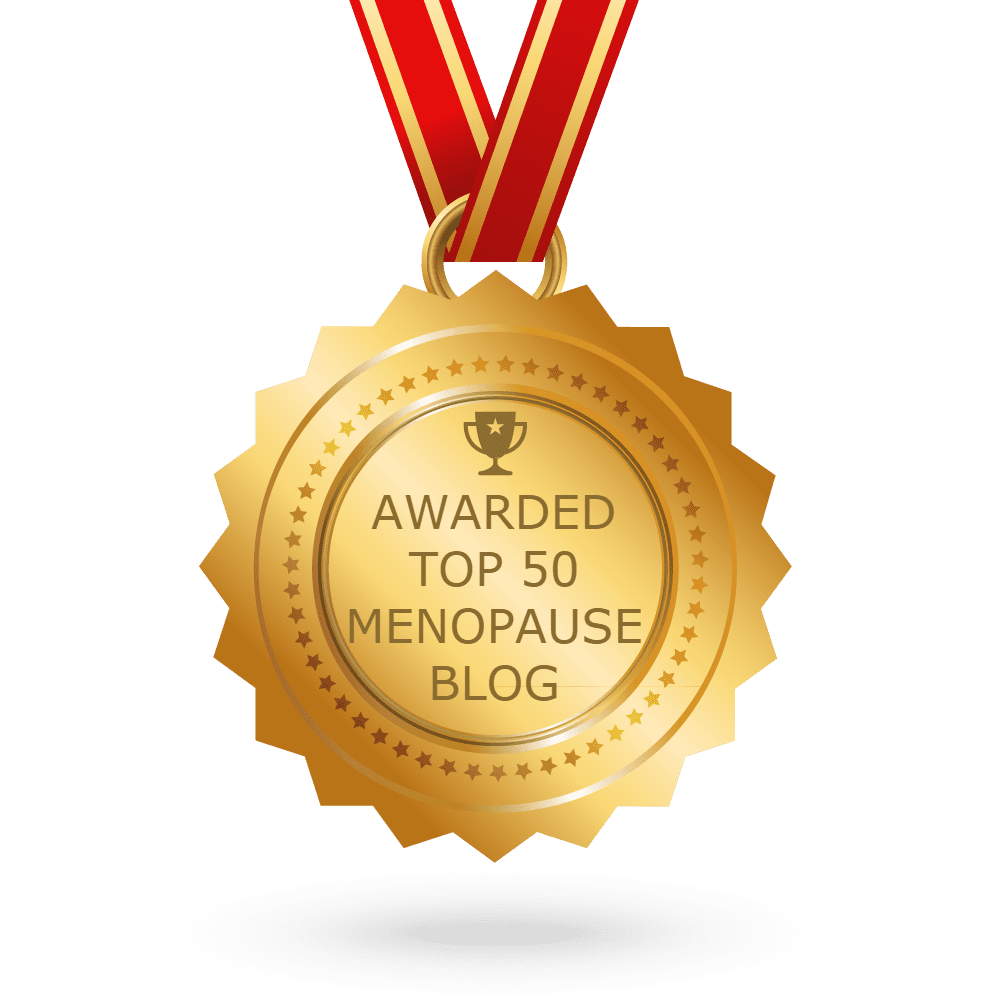Irregular Periods
Symptoms in Detail
Irregular periods are one of the first signs a woman is approaching menopause.
Most women will experience irregularity for 3 to 10 years.

What causes irregular periods?
There are several factors that can cause irregular periods but for women approaching menopause they are most likely brought on by fluctuating hormone levels. This will typically happen between the ages of 45 to 55.
Estrogen and progesterone both play an important role in menstruation – estrogen is responsible for thickening the uterine lining before ovulation and progesterone acts as a trigger to discard the uterine contents after ovulation if fertilization has not occurred.
Production of these hormones starts to decrease during peri-menopause, their levels often fluctuating wildly before they settle to a constant low. It is this fluctuation that creates irregular periods in menopausal women.
However, all women of reproductive age can experience cycle irregularities at some stage in their lives, that are not related to menopause. These can be the result of health conditions or lifestyle triggers so if in doubt professional health advice should be sought.
What is an irregular period?
A typical menstrual cycle is defined as ranging from 21- 35 days with menstrual flow lasting for 3-5 days.
The average amount of blood loss is 2-8 tablespoons. However some women may have a different “normal” to this.
The definition of irregular periods is when a woman experiences an alteration in their typical menstrual cycle that continue for several months.
Signs of irregular periods include longer or shorter cycles, missed periods, abnormal duration of bleeding, changes in blood flow, painful cramping and blood clots.
Know the 34 symptoms of menopause
Here are all of the documented symptoms of menopause you need to look out for:
Physical Symptoms
- Incontinence
- Changes in Body Odour
- Bouts of Rapid Heart Beat
- Breast Pain
- Headaches
- Joint Pain
- Itchy Skin
- Burning Mouth Syndrome
- Electric Shock Sensation
- Digestive Problems
- Gum Problems
- Increased Tension in Muscles
- Formication - Crawly Skin
- Paresthesia - Numbness in Hands and Feet
- Osteoporosis - After Several Years






